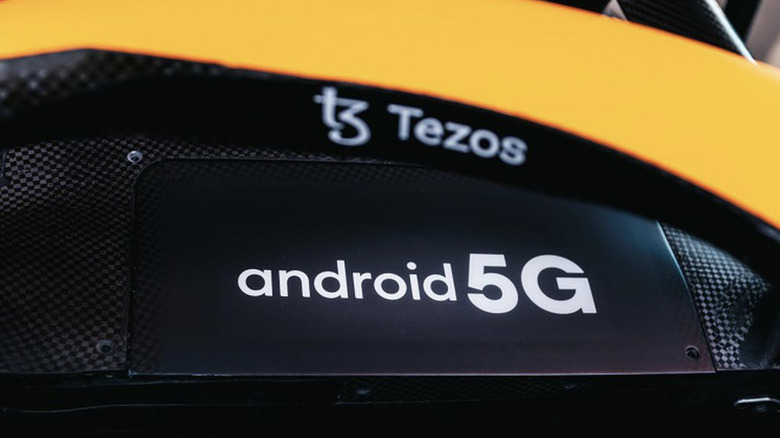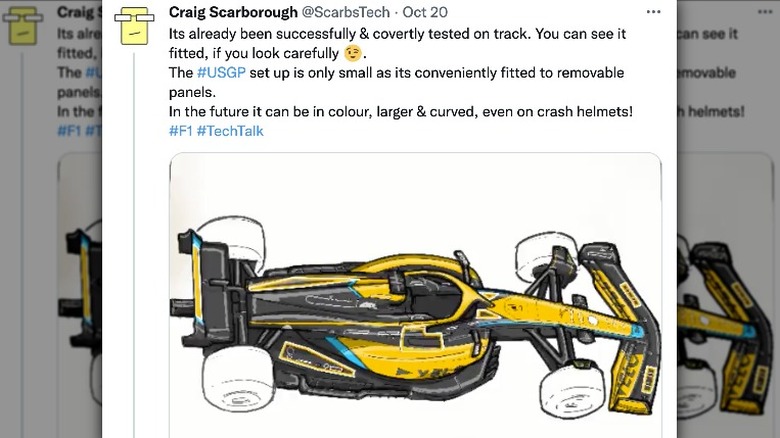McLaren's F1 Cars Now Have Sponsor Stickers That Work Like Kindle Displays
A few months ago, BMW wowed us with a novel paint tech that allows a car to change its color based on an underlying electrical signal system. But there's a new kid on the block that does things the Kindle way. British car brand McLaren is putting what it calls "a two-display system" in the cockpit of its racing cars to replace the classic sticker formula for advertising. The tech in question is developed by a company named Seamless Digital, and it looks like the engineering wizardry behind the black-and-white Kindle backlighting system.
The biggest advantage is that the display tech will allow McLaren to rotate the brand insignia and ad message on its cars dynamically, without having to deal with the hassle of applying and removing stickers from the cars zooming on the circuit. E-ink based advertising solutions are not new to transportation, but putting it on cars zooming in at 200 miles per hour must have been a challenge from a durability perspective.
Using paper-like display similar to kindle, the panel blends into the bodywork & appears just a like any other logo. But, can change based on inputs from the car, such as DRS, pitstops, fastest lap or even just lap number. You could sponsor the team for a lap!#F1 #TechTalk #COTA pic.twitter.com/qt8niikvaC
— Craig Scarborough (@ScarbsTech) October 20, 2022
"Being able to change branding in real-time on a Formula 1 car will give greater flexibility and value to teams and partners," CEO of Seamless Digital Mark Turner was quoted as saying in an official press statement. McLaren says the innovative branding solution will first be used on the MCL36 Formula One car for practice laps covering the remainder of the 2022 racing season. This is the same car that Daniel Ricciardo and Lando Norris have been driving this season.
Pushing the envelope for F1 advertising
Motorsport journalist Craig Scarborough shared some insights about the tech on Twitter. Scarborough, who claims to have seen it up close, notes that the "panel blends into the bodywork & appears just a like any other logo." But more than just ads, it can also be used to show contextual information like the lap number. The entire array weighs about 190 grams and has already passed thermal and vibration tests. The tech is quite promising, and might soon evolve into displaying colorful ad material on a curvy surface, even that of a helmet.
McLaren is also exploring putting the display-based advertising tech on a wider range of its racing car lineup. SlashGear has reached out to Seamless Digital regarding details about the work that went behind creating a dynamic black-and-white display on the a racing car. The biggest question is how exactly the teams managed to install a display on a vehicle that is notoriously finicky with even the slightest weight imbalance. One also wonders whether these screens are more reliable and long-lasting than adhesive-based stickers, especially when faced with flying asphalt particles making an impact at high speed on a track with loose grip.

